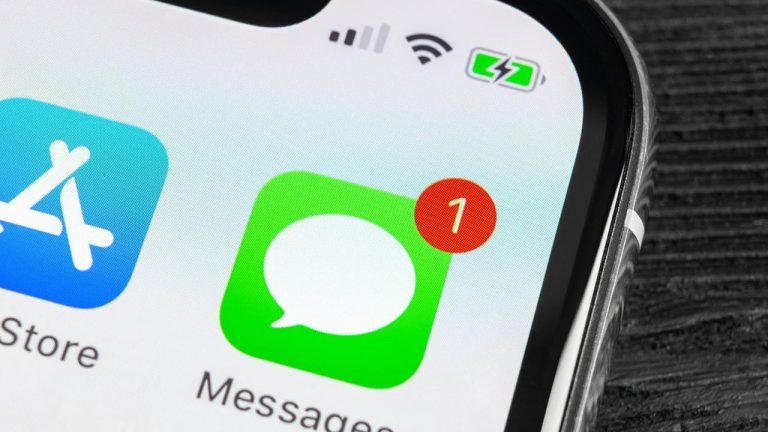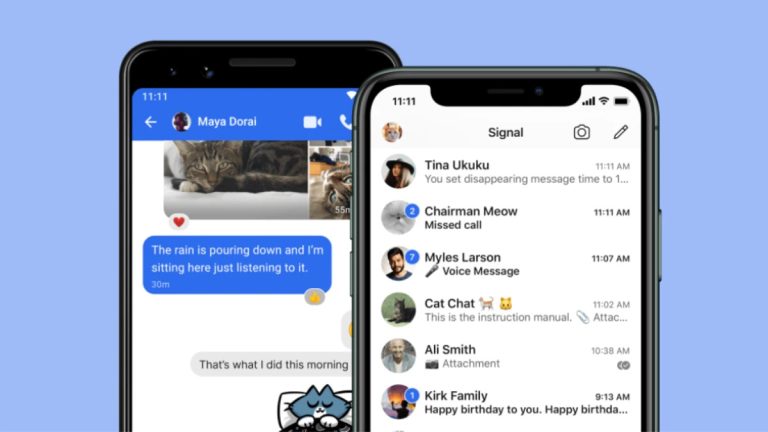Text messages have become a popular way to communicate in modern society. SMS messages are not encrypted or secure, leaving users’ conversations exposed. Secure messaging apps that encrypt messages have emerged as a result. One intriguing feature some secure apps offer is self-destructing or ephemeral messaging, where texts disappear after a set time. As secure messaging continues to evolve, self-destructing messages are poised to become a standard feature that could transform how we think about privacy and permanence in our digital communication.
Metadata and data persistence risks
While the messages themselves are encrypted, the “envelope” metadata around conversations is not secured. It includes data like who messaged whom, when, and for how long. Metadata reveals information about a person’s contacts, habits, location, and more. Encrypted apps also typically store all past messages on their servers, creating a permanent, high-stakes record of every communication. These servers could allow hackers or governments to access users’ entire messaging histories. Compromised devices potentially be used to intercept messages before they’re encrypted. Securing private communication in the digital sphere still needs improvement.
Appeal of disappearing messages
Some secure messaging apps offer disappearing or self-destructing messages to protect user privacy. Messages get automatically deleted from the app servers after a set period, ranging from a few seconds up to 24 hours or more. Once deleted, they no longer be accessed by either conversation participant. What was originally a gimmick appealed to users’ desires to share more freely and spontaneously. Without the permanence of texts, photos, or videos that could come back to haunt you later, users felt more comfortable sharing ephemeral moments. Snapchat showed the appeal of transient, self-destructing sharing.
Bringing ephemerality into secure messaging apps combines privacy with impermanence. Self-destructing end-to-end encrypted messages disappear entirely with no trace. It reduces the risks of data persistence, metadata collection, and message history leaks. Once the message deletes itself from both the sender’s and receiver’s devices, it ceases to exist anywhere in retrievable form. Implementing disappearing messages also forces users to be more thoughtful about what digital content they create. If nothing is permanent, composers may be more selective about sending insignificant or regrettable content. For more information, refer to https://privatemessage.net/
Impact of self-destructing messages
The integration of transient messaging into encrypted apps reflects a growing desire for not just private, but truly ephemeral communication. Platforms like Signal now give users the option to set messages to delete automatically after anywhere from 5 seconds to 1 week. WhatsApp also offers self-destructing messages that disappear after 7 days.
As temporary messaging gets adopted across all major secure communication platforms, it could fundamentally transform our expectations around digital permanence. The idea that everything we say, post, or share online will be recorded forever may diminish. In the future, we could assume all of our communication has an expiration date. Living with ephemeral messaging may impact how we approach our relationships and shared content. Deleting messages could become equivalent to shredding documents or having hushed conversations. Our digital communication patterns may begin to mirror real-world interactions more closely again.



